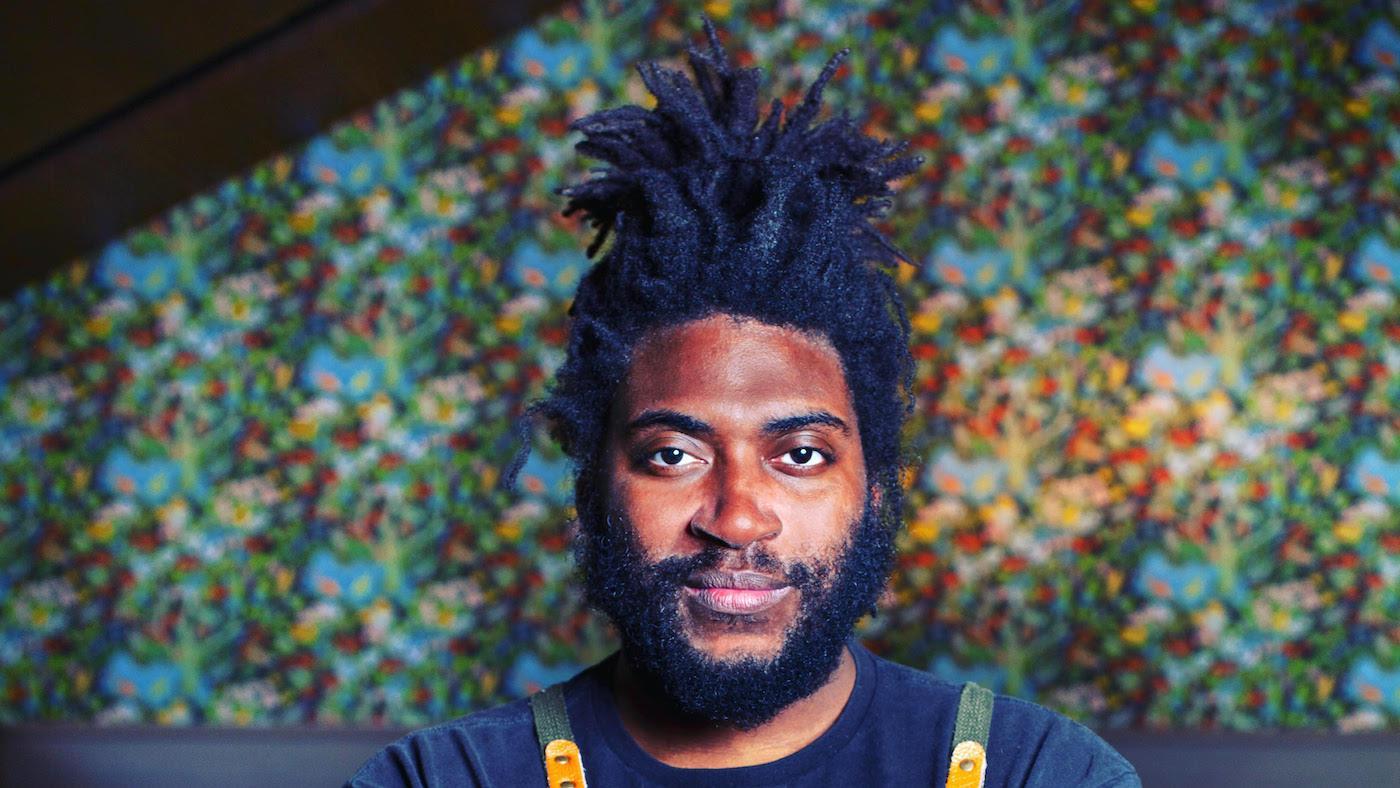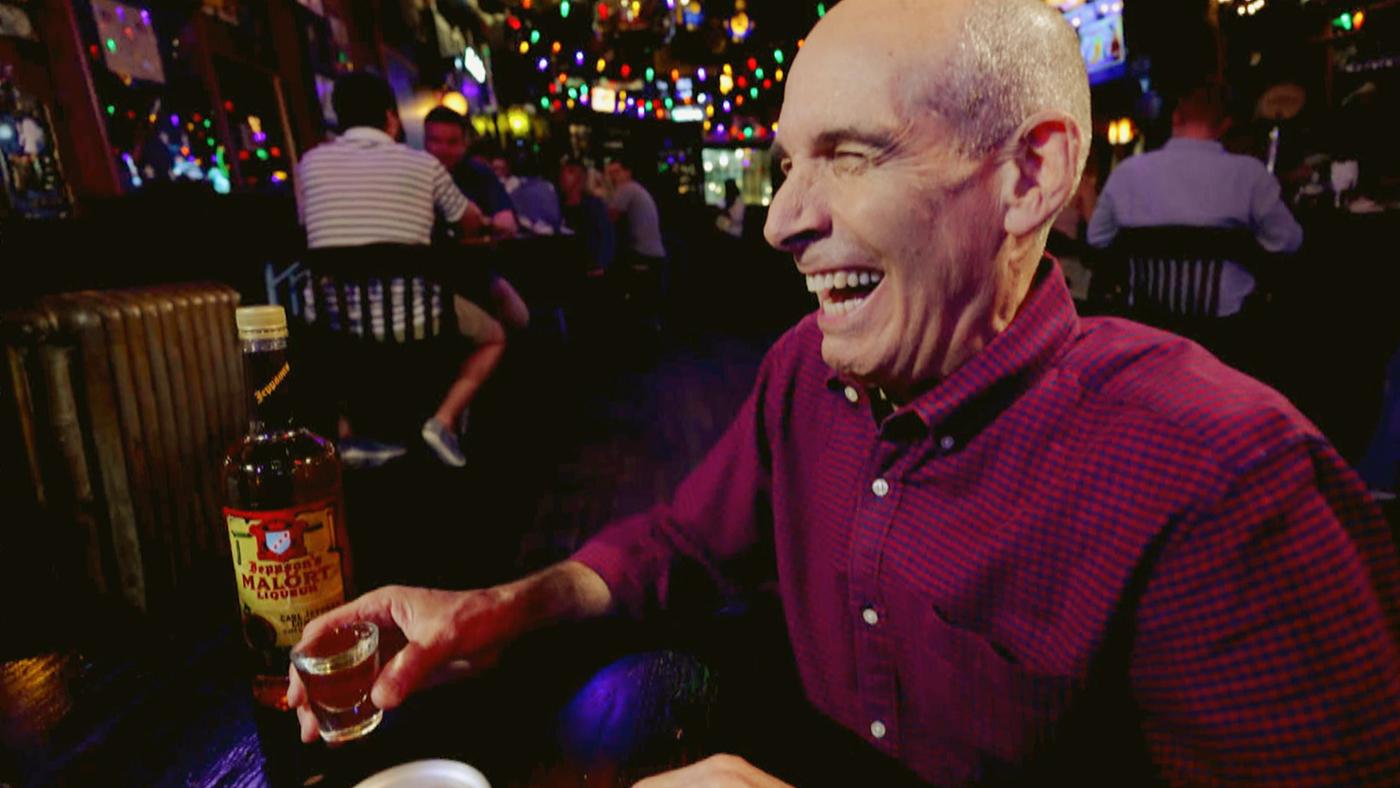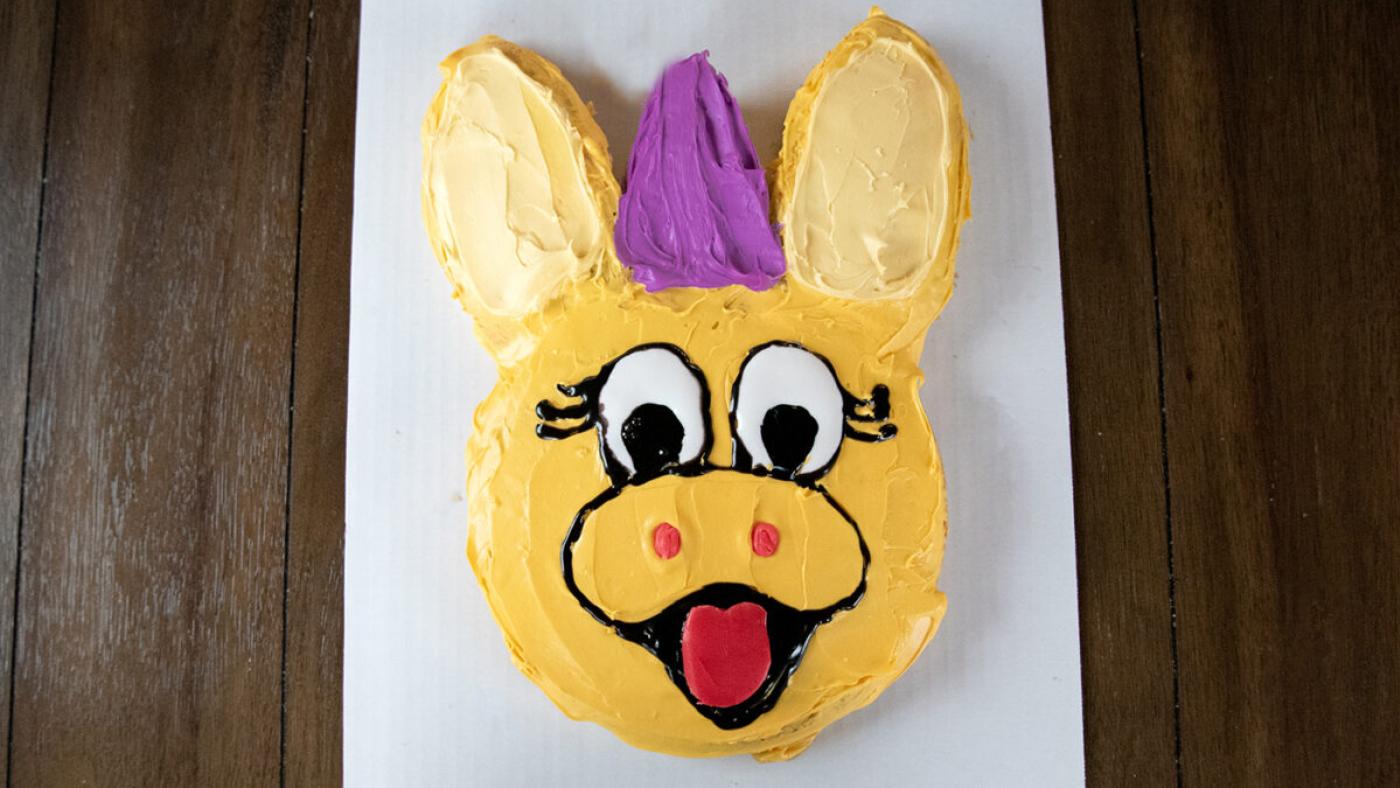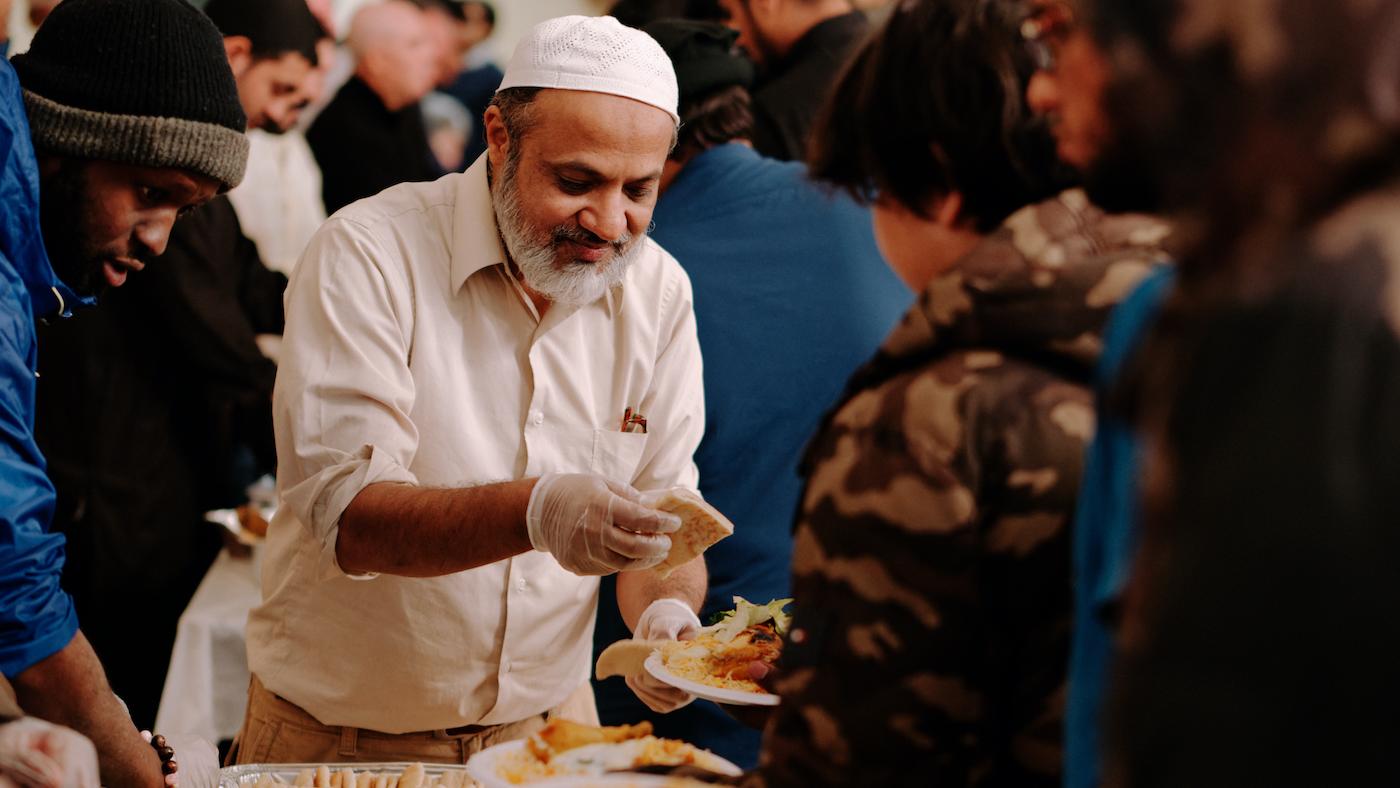Love It or Hate It, Cincinnati Chili Is Coming to Chicago Thanks to a Michelin-Starred Chef
Daniel Hautzinger
March 5, 2024

Get more recipes, food news, and stories by signing up for our Deep Dish newsletter.
Chicagoans are diehard about hometown food specialties, and soon they’ll have another one to defend and celebrate – from Cincinnati. Christian Hunter, who steered Lincoln Square’s Atelier to a Michelin star in its first year, is now planning to open La Verne’s, a bar and Cincinnati chili parlor that will be the second establishment in the newly formed Atelier Restaurant Group. A location is forthcoming, but Hunter and Atelier founder Tim Lacey want to find one in Lincoln Square, which Hunter says has supported them from the beginning. They hope to open La Verne’s within the year.
Cincinnati chili isn’t quite like the typical chili you might find in crockpots or cookouts across America. Rather, it’s typically served over spaghetti with a haystack of golden cheese on top and is spiked with cinnamon and allspice, with a whole taxonomy of “ways” you can order it, increasing from just chili to noodles, chili, beans, onions, and cheese.
“To me, it’s Midwest bolognese,” says Hunter. “Spaghetti and chili with a mound of cheese on it! – I don’t know if people really understand it. And then they start smelling the spices, and it doesn’t quite smell like the traditional chili con carne that we all grew up with.”
Hunter himself grew up with Cincinnati chili, since he spent his childhood in nearby Lexington, Kentucky and his mother is from Cincinnati. The restaurant is named in honor of her, after her middle name. “My mother’s a hell of a cook,” he says.
The slight deviations in Cincinnati chili from a dish many Americans know well might explain the absolute rancor heaped upon it like a shower of cheese. Deadspin once published a ranking of American states’ foods in which Chicago-style deep dish came out on top and Cincinnati chili was kicked down to last, listed after “being hit by a car.”
It’s that instinctive, malicious dismissal that makes Cincinnati chili ripe for revisiting, especially at a time when maligned Midwestern food is receiving more and more attention through restaurants like TriBecca’s Sandwich Shop and JT’s Genuine Sandwich Shop and books like Paul Fehribach’s Midwestern Food.
“Probably the most defamed food I’ve read about throughout my life, Cincinnati’s chili is thus also perhaps the most felicitous exemplar of Midwestern cuisine: misunderstood and mischaracterized, a victim of closed minds unwilling to consider its virtues,” Fehribach writes in his book.
While chili will be the centerpiece of La Verne’s, the restaurant will also spotlight the region as whole through both local specialities and products. “It’s celebrating these Midwest staples with the focus on the Cincinnati region,” says Hunter. “It’s hopefully going to be an opportunity for people to try a different version, or try for the first time.”
The menu will contain the kind of homey, messy, mom-and-pop Midwestern food that was once ubiquitous, refracted through Hunter’s confident approach, which is inspired in part by his mother, who went out of her way to expose him to foods from other cultures. “Everything I do is always going to have a little bit of space to honor and play with food that isn’t necessarily bound to one genre of cooking,” he says.
At La Verne’s, there might be pickled eggs like those found in corner bars, zinged up by furikake and hot sauce. Pasta salad could be spiked with giardiniera, while mac and cheese will be made with Wisconsin cheddar and popcorn. A hot dog will be served Cincinnati coney style, with chili, cheese, mustard, and onions on top. Drinks will update the kinds of unfashionable cocktails found at a supper club – Harvey Wallbangers, Brandy Alexanders – with unexpected twists and local products. Rotating seasonal specials could include a noodle soup that reads like a descendant of chicken noodle soup, ramen, and the New Orleans staple yaka mein, all at once.
New Orleans may not be the Midwest, but it does have highly regional foods that could show up on the menu in the form of beignets and grilled oysters. La Verne’s will always have “a few things that are a little bit more out there than traditional Midwestern fare,” Hunter says. After all, the inclusion of disparate influences is reflective of the origin of Cincinnati chili, which was created by Macedonian immigrant brothers who essentially adapted a traditional meat stew from their homeland to create the now iconic dish and named it after a more familiar American food to help non-Macedonians accept it.
At La Verne’s, rotating specials like the noodle soup will provide a chance for Hunter and his team to focus on another thing that is quintessentially Midwestern, according to Fehribach: seasonal produce. “I really want to push Midwest fare,” Hunter says. “Local vegetables, local products, any local purveyors we work with, and then also leave room for really awesome seasonal flairs.”
That’s what he has done through his tasting menus at Atelier, garnering not just a Michelin star for the restaurant but also a Young Chef Award from Michelin and a nomination for Rising Chef of the Year at Chicago’s Jean Banchet Awards. One year in, he has become a co-owner with founder Tim Lacey, while Atelier’s opening sous chef Bradyn Kawcak has been promoted from chef de cuisine to executive chef, taking over Hunter’s role as Hunter focuses on the new Atelier Restaurant Group. (He is still involved with Atelier, just not in the day-to-day creating and executing of menus.)
Hunter cried when he became co-owner of Atelier, and still gets emotional talking about it. “We don’t see a lot of Black chefs in a position to be able to put out a restaurant or create a concept” as personal as La Verne’s “where the funding is there,” he says. (As a small restaurant group, the funding is still a struggle.) He’s one of only three Black chefs in America who headed a kitchen that won a Michelin star in the last year, but he wants to step back and open La Verne’s in order to make his food more accessible.
“Most of the restaurants I’ve worked in, I’ve never been able to actually afford to eat at,” he says. “Having a fine-dining background but also being the kid from down South that’s growing up not necessarily of the best means, I’m able to combine these two concepts where it’s high-brow, low-brow, in the sense of we’re not worried about trying to impress you as far as the complexity…We want to make really, really high-quality, good food in a really cool environment that is partly owned and designed by a Black chef.”
Being a co-owner of an acclaimed restaurant and expanding restaurant group is thus an exciting opportunity for Hunter. “To work all the way up to this point from the lowest of the low…I’m very grateful for all the people that took a chance on me,” he says – like Lacey, who “hired me without any accolades from the middle of nowhere Connecticut” to open Atelier.
Now Hunter wants to be able to do the same for other “hungry young chefs” at La Verne’s, by providing a space for them to gain experience, experiment, and come up with specials that express their own selves, he says. “It needs to be a place that provides opportunity, and also a little bit of flexibility for creativity.”







